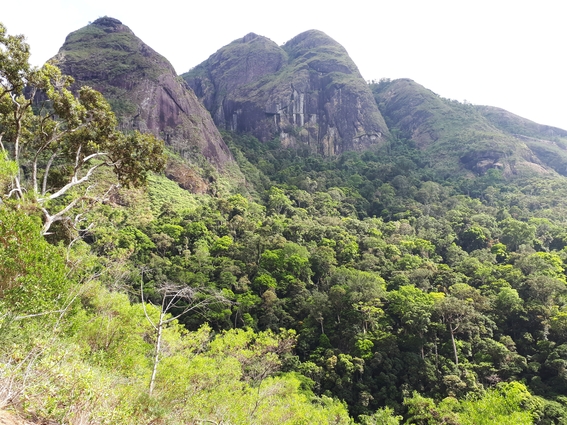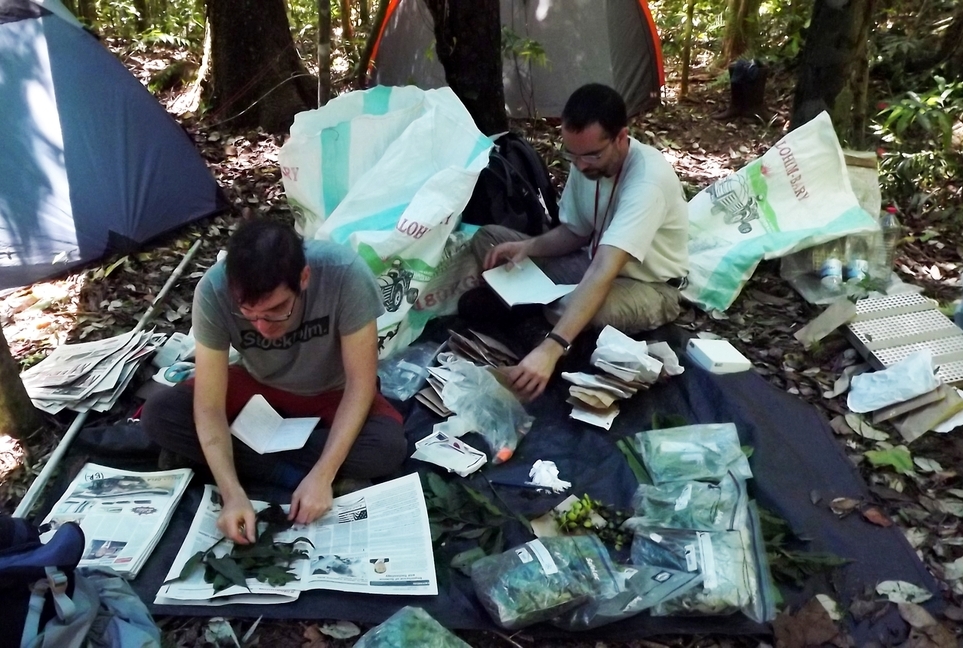[Science news] - Uncovering forest diversity in south-eastern Madagascar
 Madagascar is one of the world’s most important biodiversity hotspots. The island still has large pristine tropical forests harbouring unique biodiversity, including iconic baobabs and lemurs. However, the forests are threatened by illegal logging and clearing for agriculture, so surveying, collecting and describing the Malagasy diversity is more urgent than ever.
Madagascar is one of the world’s most important biodiversity hotspots. The island still has large pristine tropical forests harbouring unique biodiversity, including iconic baobabs and lemurs. However, the forests are threatened by illegal logging and clearing for agriculture, so surveying, collecting and describing the Malagasy diversity is more urgent than ever.
Researchers from Meise Botanic Garden, Muséum National d’Histoire Naturelle de Paris and Parc Botanique et Zoologique de Tsimbazaza have initiated a project to characterise the diversity of three main taxonomic groups in Madagascar: Malvales (flowering plants), lichens and ferns.

Our collections will be studied using morpho-anatomical and phylogenetic comparative approaches. Our specimens, together with the island’s isolation and topography, provide gateways to understanding how such biological wealth evolved.



